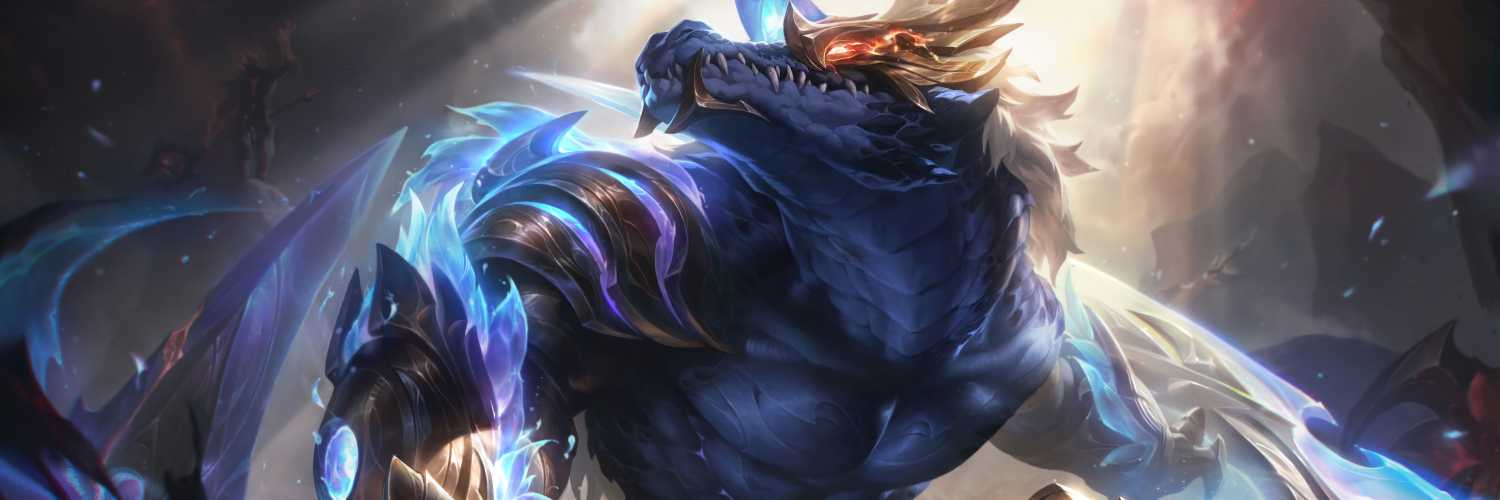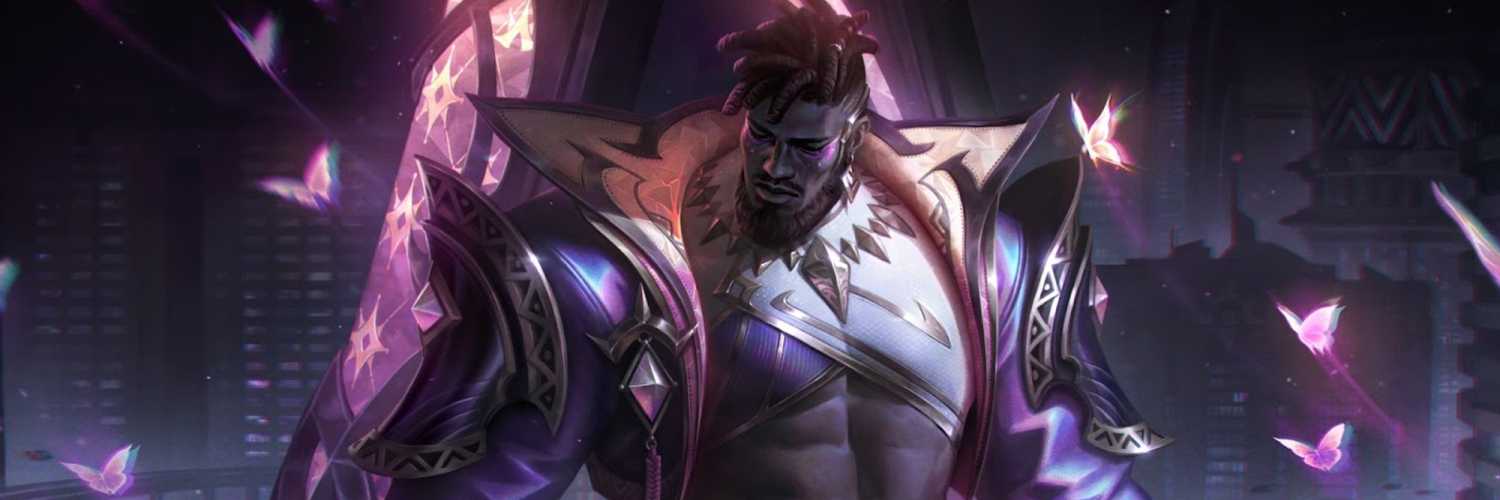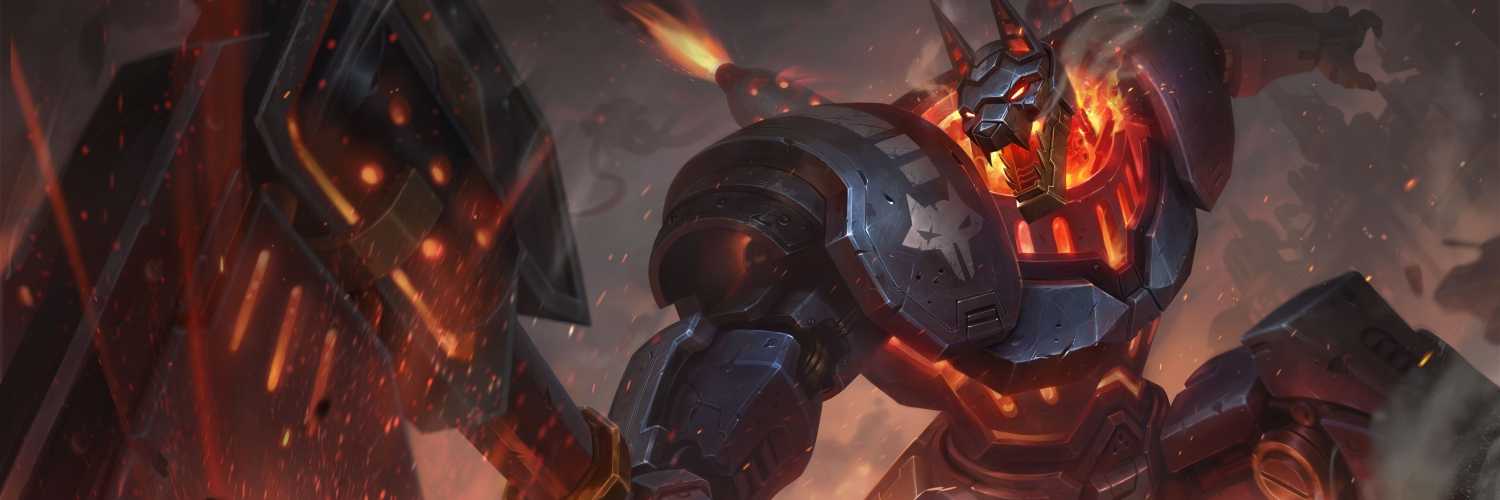A Guide to Top Lane Playstyles with DIG Rich
Today’s piece talks about what Champions call Top Lane home! And who better to guide us along that journey than DIG’s very own Rich!
Today’s piece talks about what Champions call Top Lane home! And who better to guide us along that journey than DIG’s very own Rich!
Top Lane, the Island, the Coin-Flip Lane, the lane that seemingly has the highest and lowest impact in League of Legends. There’s a lot to be said about the lane, and today we’re going to say a lot about the Champions and playstyles you’ll find there. Guiding us along the journey will be DIG’s newest Top Laner, Lee “Rich” Jae-won, and hopefully by journey’s end, we’ll know that much more to help us improve and gain ELO at League’s most volatile role!
Top Lane has three big Champion types. There are Bruisers like Renekton, Tanks like K’Sante, and Split-Push Champions like Jax. I use these three as examples because I feel they are the best of their playstyles but because they are also, to me, some of the most fun Champions you can learn and play right now. They are also really big Pro picks that I think everyone should learn.
We’ve mentioned Champion Classes before in other pieces, so today, we’re not going to focus too heavily on them. But, to help flesh out Rich’s explanation, Bruisers, Tanks, and Duelists (Split-Pushers) are, as Rich said, the most prominent Top Lane Champions. Occasionally, you’ll see Supportive Playstyles in the form of Soraka or Karma make their way up, but that’s less on them becoming a staple selection and more on them abusing items of matchups.
Bruisers are broken down into two sub-categories: Divers and Juggernauts. Divers are, as their name implies, designed to get on top of priority targets and disrupt a teamfight by being literally in the enemy’s face. Juggernauts have less mobility, and could be said to be more counter-engage focused in some regards, but truthfully, if you’re in a Juggernaut’s range, you might want to reconsider your positioning choices.

Tanks shake out into Wardens and Vanguards, or Counter-Engage and Engage flavors. Wardens are defensive stalwarts and pack a lot of disruption for opponents looking to dive into a fight. Vanguards have that same disruption, but theirs often comes with extra range helping them start fights or assist in dives.
Duelists are a subcategory of the ‘Slayer’ paradigm and heavily focused on putting out damage over the course of a longer fight. Duelists often get lotted into ‘Split-Pusher’ space since their Champions excel at ravaging the sidelines while their opponents fight over the rest of the map. When the fight comes to them though, they have unique tools that help them extend fights into their favor before cutting down their opponents for playing with them for too long.
Bruisers, I feel, are the strongest of the types that you can play right now. They have both tankiness and damage and can make a lot of aggressive plays that other Champions cannot, especially if your Jungler is nearby. However, this aggressive playstyle and mindset tends to be their big weakness since you want to play into the enemy’s side of the lane to keep pressure, you are open to ganks and getting 2v1d by enemies that roam.
For Tanks, their strengths lie in their scaling power. Tanks that farm safely and generate solid income can become unkillable and fight disrupting monsters that are very hard for enemies that aren’t ahead of the gold curve to take down. However, this scaling trade off often comes with a lack of mobility or lane phase weaknesses that can be easily exploited.
Split-Pushers are great because you can have a Champion like Tryndamere or Jax who has powerful abilities to help turn lane fights around quickly. This makes them very good at drawing pressure to them and wasting the enemy’s time. However, they do not teamfight as well as the other Tops do, so they really focus on flanks or just taking turrets while their team fights without them.
When it comes to Bruisers and Duelists, we suggest playing some of the easier to learn options of those classes if they interest you more. These Champions would be Kled and Fiora for Duelists and Pantheon and Mordekaiser for Bruisers! We feel each of these Champions, while having some unique forms of skill expression, are pretty straightforward for anyone looking to truly learn the ways of Top Lane

A lot of what you can do from Top Lane, depends on your Champion choice. For example, if you’re a Tank Main, you can become a funnel for your Jungler or Roaming Mid Laner by being a CC-Bot for whenever they move to your side of the map. Top Laners like Ornn, Maokai, and Poppy excel in this regard, and after they’ve set their more aggressive teammates up, they can really bring things home by enabling teamfights and having massive zone control around Rift Herald during its spawn timers. This is all thanks to the hard crowd-control focus of a Tank’s design.
Bruisers, as said, like to play aggressively in lane. They use their ability to shove the wave and force the opponent to play under turret, which limits what they can do around the Top Side. So, this lets you safely take away Herald to make plays elsewhere. Additionally, many Bruisers, like Renekton, are great at diving the enemy Top either Solo or with a Jungler. Having a Jungler makes things safer since you can juggle the aggro. Having a lead in Top means you should be looking to make these pressing plays with your Jungle since the two of you can cause the most disruption after the lane phase ends.
For Duelists, it’s a bit different. While pressure and plays can be made in the same way as our above classes, often it comes at the resolution of big abilities that they need to survive, so you’re typically putting yourself at risk if you play aggressively on these Champions. The plays that Duelists make though are often centered around proper wave manipulation. Which, you can learn more about from our previous discussions on wave states and farming here: Laning Phase 101: A Guide on Wave Control for League of Legends. However, that doesn’t mean that Duelists are completely out of the teamfighting phase. You just have to look for creative angles when it comes to teamfighting and, once you’ve found the right way to get in on a priority target, it’ll take an army to get you off of them!
What plays you can make though depend heavily on your matchup and if you have a lead. If you are behind, the best thing you can do is play for Farm. Same thing if you are in a bad matchup. Think about what is happening near you and what your opponent’s Champion likes to do. If you consider these things, you will avoid negative plays for yourself as well as limit the positive plays your opponents want to make.
Teamfighting is naturally where a lot of games of Solo-Queue are decided. Who’s showing up on time, who has the lead, are we a wombo-combo teamfight, or do we need to make a pick first? All these questions get asked in seconds before things suddenly break out and change the landscape of a game. However, there are some plays that you can focus on in Top that’ll help you shine.
Teamfighting in League is much more than just “I’m fed, and I need to killl this person” it’s about creating space for your teammates while denying your opponents space. Top Laners do this really well, because we can have both threat in damage and the ability to soak damage, so what you should be doing is figuring out where you win your teamfight from. If that comes from the ADC, then you might need to fight so that you are peeling, letting your ADC hit free. Maybe you are the fed one and so is the enemy AD, so, your goal should be to keep them away from affecting the fight while your team wins without the enemy damage threat. Just think about where you body needs to be to help your win condition.
Bruisers and Tanks do this extremely well since both design spaces open themselves up to being far more capable at peeling or controlling space. Duelists, again, struggle in this regard since they’re a more counter-engage and DPS focused design. But if you’re forced to teamfight, not only do you want to look at what angle or flank that you can come in on, but you also want to look at and see who the primary threat is on the enemy team. Sometimes that might mean you opt for that ‘peel’ focused role, but your ‘peel’ is damage instead, if that makes sense. The best mitigation is to prevent them from doing damage entirely, after all.

So, there you have it folks! A big thanks to Rich for answering our questions for this piece and a huge shoutout to Team Manager Toby assisting with the translation! If you’d like to follow more of Rich, you can find him at these following links!